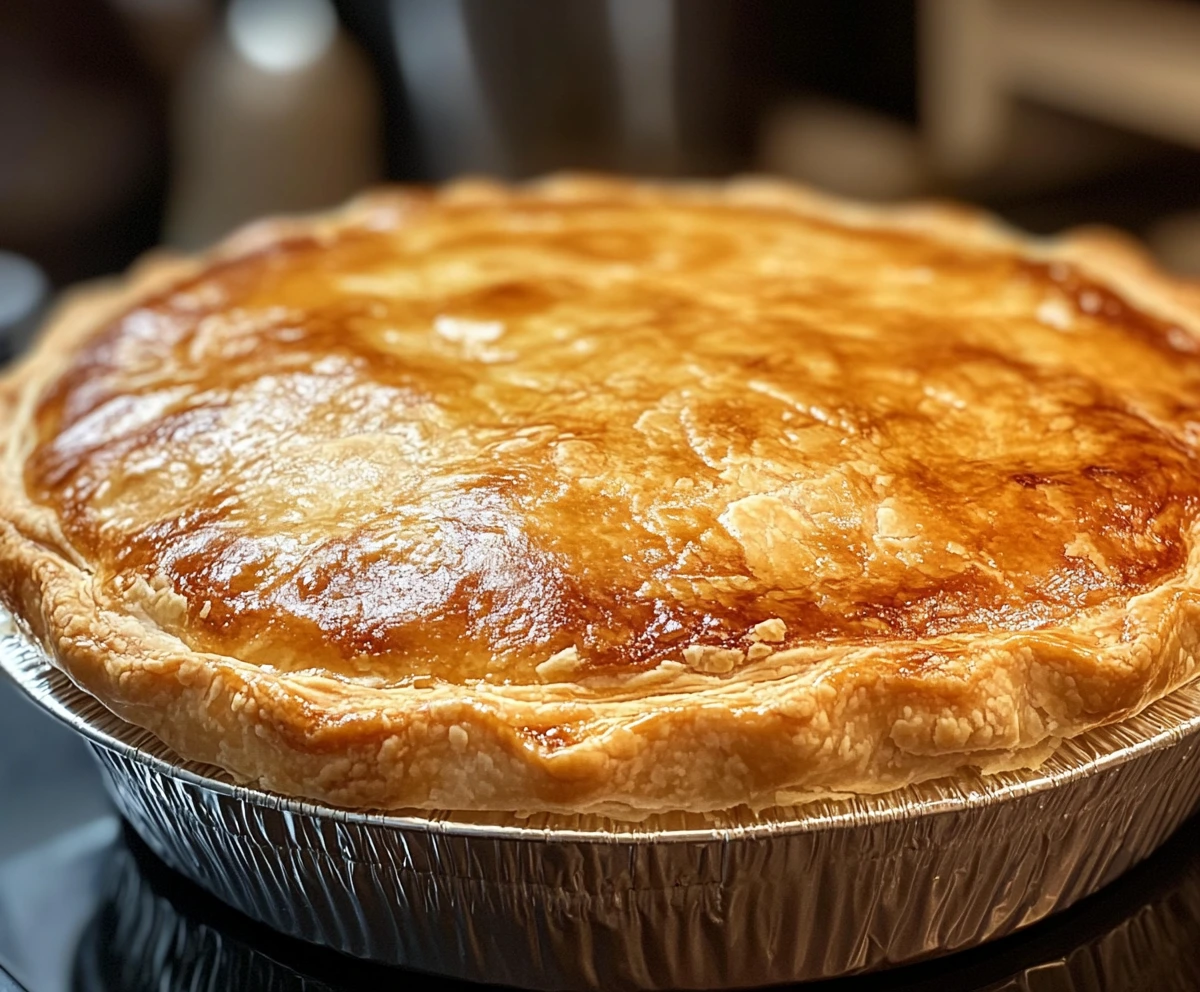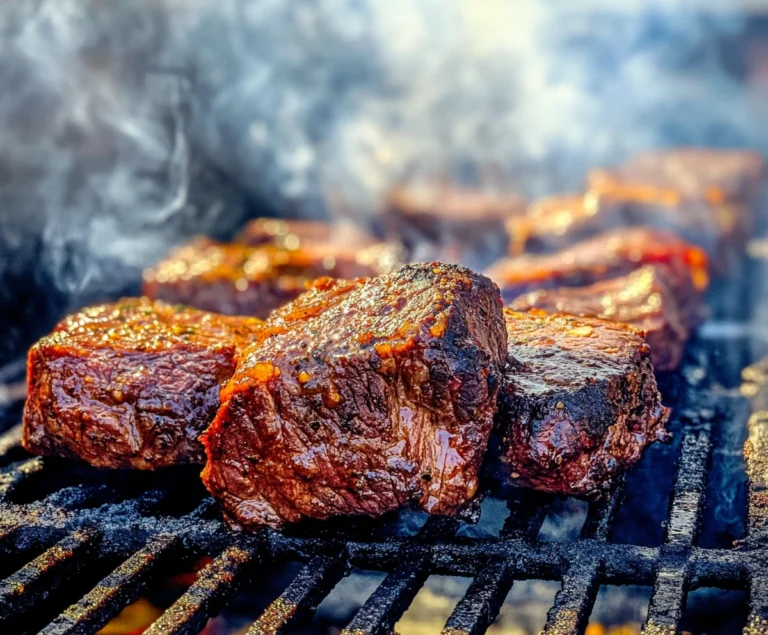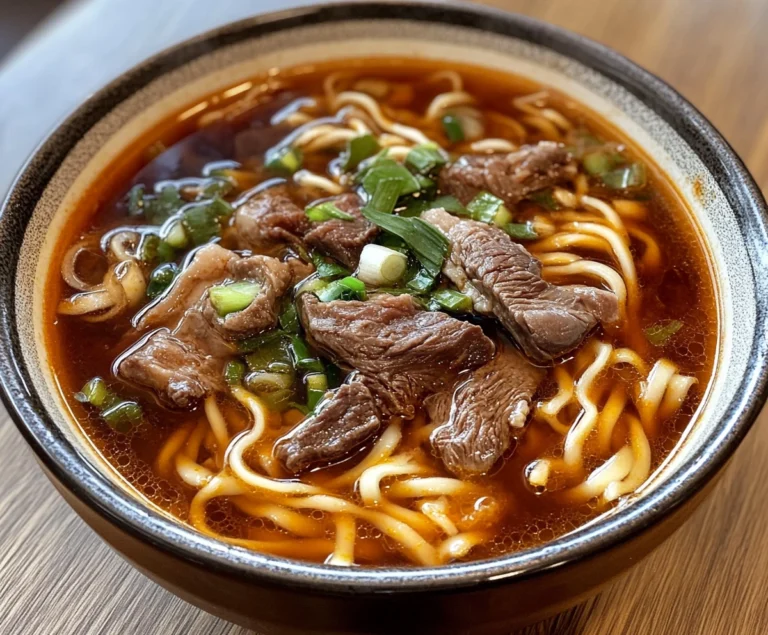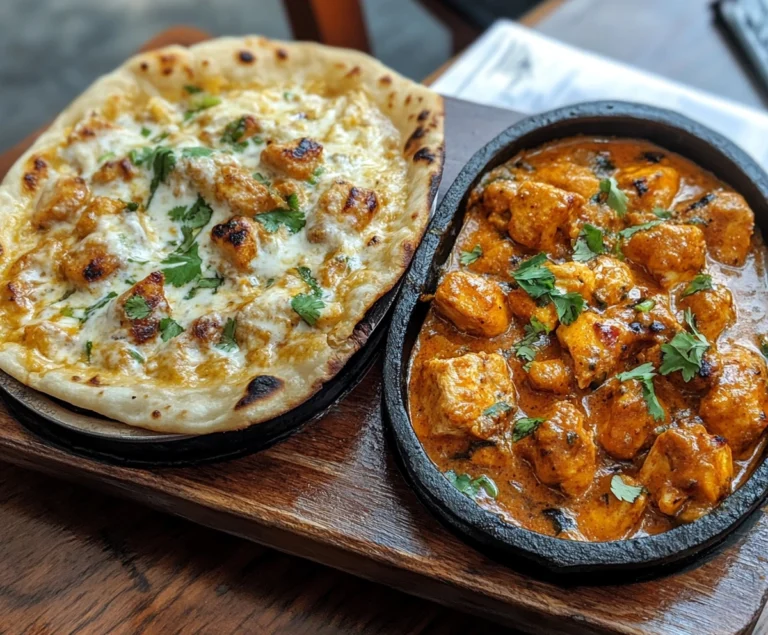What is Chicken Pot Pie Filling Made Of?
Chicken pot pie is a beloved, hearty dish that has comforted people for generations. With its rich, creamy filling and flaky crust, it’s no wonder why this classic comfort food remains a favorite in households around the world. But have you ever wondered what exactly goes into making the perfect chicken pot pie filling?
In this comprehensive guide, we’ll explore the core ingredients, delve into various preparation methods, and provide tips for creating your own customized pot pie filling. We’ll also cover its historical background, answer frequently asked questions, and even touch on nutritional values to help you craft a healthy version of this dish.
The History of Chicken Pot Pie
Before we get into the specifics of the filling, let’s take a step back and explore the origins of chicken pot pie.
Chicken pot pie, as we know it today, has roots in both British and American cuisine. The dish traces back to ancient Rome, where meat pies were a popular meal. The British carried this tradition forward with their famous meat pies, often filled with various game birds or chicken, combined with vegetables and a rich sauce, encased in pastry.
When the recipe made its way to America, the settlers adapted it to local ingredients, primarily using chicken and vegetables that were more readily available. Over time, the dish evolved into the chicken pot pie that we know today—a creamy, savory filling combined with tender vegetables and cooked inside a flaky crust. While modern versions may vary, the essence of the dish has remained the same: a comforting meal that combines flavor and texture into one delicious bite.
The Core Ingredients of Chicken Pot Pie Filling
The filling is what gives chicken pot pie its signature flavor and richness. Below are the essential ingredients commonly used in the classic chicken pot pie filling.
1. Chicken
Chicken is the star of the show in any chicken pot pie. Most traditional recipes call for cubed chicken breasts or thighs. The reason for this is that chicken breasts offer a lean, tender texture, while thighs contribute a richer flavor due to their higher fat content.
Types of Chicken to Use:
- Boneless, Skinless Chicken Breasts: The most common choice, providing a lean protein.
- Chicken Thighs: For a richer, more flavorful filling, you can use thighs instead.
- Rotisserie Chicken: For a quicker option, you can shred rotisserie chicken to save time and still get a delicious result.
- Leftover Chicken: If you have leftover roasted chicken, it’s perfect for this recipe. Not only is it convenient, but it also helps to reduce food waste.
When using raw chicken, you’ll need to cook it first, either by boiling or roasting, and then cutting it into cubes. For time-saving tips on how to handle different cuts of chicken, refer to this guide to thin chicken breast recipes.
2. Vegetables
Vegetables are essential for adding flavor, color, and texture to the filling. The classic vegetable blend in a chicken pot pie includes:
- Peas
- Carrots
- Celery
- Onions
These vegetables are staples in many traditional recipes because they complement the richness of the chicken and the creamy sauce.
Common Vegetable Substitutions:
- Green Beans: A popular addition, offering a crisp texture.
- Corn: Adds a sweet, mild flavor.
- Potatoes: Some people prefer adding cubed or diced potatoes to make the pie even more filling.
- Mushrooms: For an earthy, umami flavor.
- Zucchini: Adds a fresh, mild taste and works well in lighter versions of the dish. If you’re interested in exploring more zucchini recipes, check out this Zucchini Mushroom Recipe.
In a health-conscious era, adding a variety of vegetables can increase the nutritional value of the pie without sacrificing taste. Many chefs also recommend adding vegetables based on what’s in season to ensure peak flavor and freshness.
3. Butter and Flour (Roux)
A roux—a mixture of butter and flour—is the foundation for creating the creamy, rich filling. The butter gives the sauce its silkiness, while the flour thickens the mixture to ensure a hearty, non-runny filling.
How to Make the Perfect Roux:
- Melt the Butter: Begin by melting the butter in a large skillet over medium heat.
- Add Flour: Once the butter is melted, gradually whisk in the flour, stirring constantly until the mixture is smooth.
- Cook the Roux: Continue cooking the roux for a few minutes until it turns a pale golden color. This step ensures that the floury taste is cooked out and the roux develops a nutty flavor.
A well-made roux is key to achieving the luxurious texture that chicken pot pie is known for. The thickness of the roux can also be adjusted by varying the amounts of butter and flour, depending on how thick or creamy you want your filling.
4. Chicken Broth and Milk
To build on the richness of the roux, chicken broth and milk are added to create the creamy base of the filling. The broth provides a savory flavor that complements the chicken, while the milk gives the sauce its creamy consistency.
Variations:
- Heavy Cream: For an even richer filling, substitute the milk with heavy cream. However, this will add more calories and fat, so it’s ideal for special occasions or if you prefer a very indulgent pot pie.
- Dairy-Free Options: If you’re looking to make a dairy-free version, substitute the milk with almond milk or coconut milk. You can learn more about these options in this Dairy-Free Chicken Pot Pie Filling Guide.
Seasonings and Flavor Boosters
The seasonings in chicken pot pie help elevate the dish by adding depth and warmth to the flavor. The traditional spices include:
- Salt: Enhances all the other flavors.
- Pepper: Adds a mild kick to balance the richness of the filling.
- Celery Seed: Provides an earthy flavor that pairs well with the other ingredients.
Optional Flavor Enhancers:
- Thyme: Adds an herbal note that complements the chicken.
- Rosemary: Offers a piney, earthy flavor that enhances the savory elements of the dish.
- Garlic: While not always included in traditional recipes, garlic can add a more robust flavor to the filling.
Experimenting with different herbs and spices allows you to tailor the dish to your personal taste. Some cooks even add a dash of nutmeg to enhance the creamy texture and bring out the flavor of the sauce.
How to Make Chicken Pot Pie Filling – Step-by-Step Guide
Now that you know what goes into chicken pot pie filling, it’s time to assemble the ingredients. Here’s a detailed, step-by-step guide to preparing the filling:
Step 1: Cook the Chicken
Begin by cooking your chicken breasts or thighs. You can either boil the chicken in water for about 15-20 minutes or roast it in the oven. Once cooked, set the chicken aside to cool slightly, then chop it into cubes or shred it, depending on your preference.
Step 2: Cook the Vegetables
In a large skillet, melt butter and cook the diced onions until they are soft and translucent. Then, add your carrots, peas, and celery to the skillet. Cook the vegetables for about 5 minutes or until they start to soften.
Step 3: Make the Roux
Once the vegetables are tender, it’s time to make the roux. Sprinkle flour over the vegetables and stir to coat them. Gradually add the chicken broth while stirring continuously to avoid lumps. Once the broth is fully incorporated, stir in the milk (or cream if you prefer a richer filling). Continue stirring until the mixture thickens into a creamy sauce.
Step 4: Combine the Chicken and Vegetables
Add the chopped or shredded chicken back into the skillet and stir everything together. Simmer the filling on low heat for another 5 minutes to let all the flavors meld together.
Step 5: Season and Adjust
Season the filling with salt, pepper, and celery seed. If you’re using other herbs like thyme or rosemary, add them at this stage. Taste the filling and adjust the seasoning as needed.
Customizations and Variations of Chicken Pot Pie Filling
One of the best things about chicken pot pie is its versatility. While the classic version is always a crowd-pleaser, there are many ways to customize and tweak the filling to suit your preferences or dietary needs.
1. Alternative Proteins
If you’re not in the mood for chicken, you can easily substitute other proteins. Some popular alternatives include:
- Turkey: Especially popular around Thanksgiving, turkey pot pie is an excellent way to use up leftover turkey.
- Ham: Adding cubed ham gives the filling a slightly sweet, smoky flavor.
- Beef: For a richer, more robust pot pie, substitute chicken with beef cubes.
- Tofu or Tempeh: Vegetarians can swap chicken with tofu or tempeh to create a plant-based version of the dish.
2. Adding More Vegetables
While the classic filling usually consists of peas, carrots, onions, and celery, there’s no limit to the vegetables you can add to your pot pie. Consider the following options to enhance the flavor and nutrition of your filling:
- Mushrooms: Add depth and an earthy flavor.
- Corn: Sweet corn pairs well with the savory filling.
- Spinach: Fresh or frozen spinach adds color and a boost of nutrients.
- Zucchini: Perfect for a lighter, summer-friendly version of the dish. For more vegetable-packed ideas, explore the Frozen Zucchini Recipe Guide.
Adding a variety of vegetables is a great way to sneak more nutrition into your meal without compromising on taste.
3. Dairy-Free and Gluten-Free Options
For those with dietary restrictions, making a dairy-free or gluten-free chicken pot pie is easier than you might think.
- Dairy-Free Filling: Substitute the milk or cream with coconut milk, almond milk, or soy milk. These alternatives will still give you a creamy filling without the use of dairy products. Coconut milk adds a subtle sweetness that works well in savory dishes, while almond and soy milk are more neutral in flavor.
- Gluten-Free Roux: Replace the all-purpose flour in the roux with a gluten-free flour blend or cornstarch. Both options will still give you the thick, creamy texture needed for the filling.
If you’re looking for more detailed instructions, the Dairy-Free Chicken Pot Pie Filling Guide offers additional tips and ingredient swaps.
The Role of the Crust
While this article focuses on the filling, we can’t overlook the importance of the crust in chicken pot pie. The crust serves as a delicious vessel for holding all that creamy filling together and provides a satisfying contrast in texture.
There are a few different options for crusts:
- Traditional Pie Crust: A flaky, buttery pie crust is the most common choice for chicken pot pie. You can either make your own from scratch or use a store-bought crust for convenience.
- Puff Pastry: For a lighter, crispier crust, puff pastry is an excellent option. The layers of dough create a beautiful golden topping that contrasts with the creamy filling.
- Biscuit Topping: Some versions of pot pie use biscuits as the topping instead of a pie crust. This Southern-style variation is popular for its heartiness and the contrast between the soft biscuit and the rich filling.
How to Achieve the Perfect Crust:
- Keep the Dough Cold: If making your own crust, make sure the butter or shortening stays cold. This ensures that the crust will be flaky when baked.
- Blind Bake: To avoid a soggy bottom crust, some chefs recommend blind baking the bottom crust before adding the filling. This involves baking the crust for a few minutes without the filling to set it, then adding the filling and baking again.
Nutritional Value of Chicken Pot Pie Filling
While chicken pot pie is undeniably delicious, it’s not always the healthiest dish. However, by making a few small adjustments, you can create a healthier version that still tastes great.
Calories and Fat Content
A typical serving of chicken pot pie can range from 400 to 600 calories, depending on the ingredients used. The crust adds the bulk of the calories due to its high butter and flour content. The filling, especially when made with cream, can also be high in fat.
Protein
Thanks to the chicken, pot pie is an excellent source of protein. A typical serving can provide anywhere from 20 to 30 grams of protein, making it a satisfying and filling meal.
Fiber and Vitamins
The vegetables in the filling contribute to the dish’s fiber content and add essential vitamins and minerals. For example:
- Carrots provide beta-carotene and Vitamin A.
- Peas are high in fiber, Vitamin C, and Vitamin K.
- Celery adds Vitamin K and potassium.
Healthier Modifications:
- Lighten the Sauce: Use milk instead of cream to reduce the fat content.
- Increase the Vegetables: Add more vegetables to boost the fiber and vitamin content without adding too many extra calories.
- Use a Whole-Wheat Crust: Opting for a whole-wheat pie crust can add more fiber and nutrients to the dish.
For those looking to focus on portion control or calorie reduction, serving the pot pie with a side salad can help balance out the meal.
Frequently Asked Questions (FAQs)
As with any beloved dish, many questions arise about how to make the best chicken pot pie filling. Below are some of the most frequently asked questions, along with answers to help you perfect your recipe.
1. Can I use rotisserie chicken for pot pie?
Yes! Rotisserie chicken is a fantastic option for a quick and easy chicken pot pie. Simply shred the meat and add it to your filling after the vegetables are cooked. This method saves time and adds great flavor to the dish.
2. Can I freeze chicken pot pie filling?
Absolutely. Chicken pot pie filling freezes well and can be stored for up to three months. Make sure to cool the filling completely before transferring it to an airtight container or freezer bag. When you’re ready to use it, thaw the filling in the refrigerator overnight and proceed with assembling and baking the pie.
3. What can I use as a substitute for heavy cream in the filling?
If you want to lighten the filling, you can replace heavy cream with milk, half-and-half, or even a non-dairy alternative like almond milk or coconut milk. Each of these options will still give you a creamy filling but with fewer calories and less fat.
4. Can I make a vegetarian version of chicken pot pie?
Yes! To make a vegetarian pot pie, substitute the chicken with tofu, tempeh, or simply add more vegetables. You can also use vegetable broth instead of chicken broth for the sauce. For a heartier vegetarian version, consider adding mushrooms, potatoes, or lentils to bulk up the filling.
5. How do I prevent a soggy bottom crust?
To avoid a soggy bottom crust, consider blind baking the crust before adding the filling. Blind baking involves partially baking the crust on its own before filling it and then finishing the baking process. Another trick is to brush the bottom crust with an egg wash to create a barrier that helps keep it crisp.
Conclusion
Chicken pot pie is a timeless classic that offers a delicious combination of flavors and textures. The creamy filling, packed with tender chicken and fresh vegetables, is the heart of this dish. Whether you stick to the traditional recipe or customize it with new ingredients and flavors, chicken pot pie is a versatile meal that can be adapted to suit your preferences or dietary needs.
By following the detailed guide in this article, you can make the perfect chicken pot pie filling that will impress your family and guests alike. Whether you’re looking for a comforting weeknight meal or a special dish for the holidays, chicken pot pie is always a great choice.
For more delicious chicken recipes, don’t forget to check out the baked chicken cutlet recipe and the Alice Springs Chicken Recipe.







